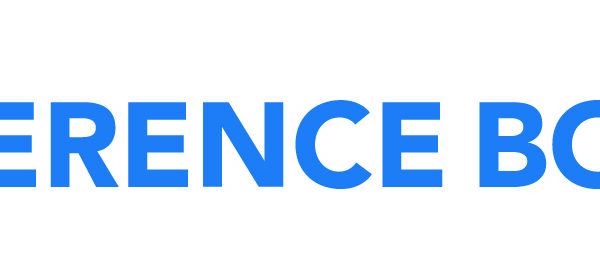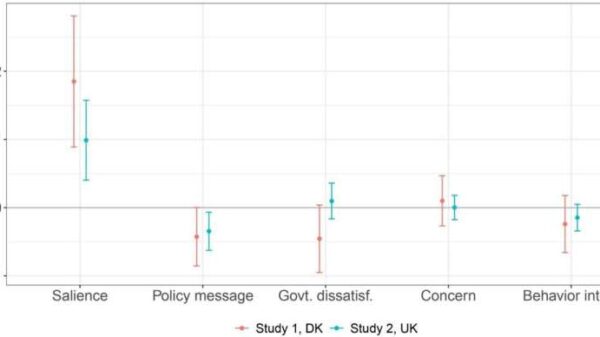In the competitive realm of content creation, transforming existing works into comprehensive publications has become essential for professionals across various fields. This process not only enhances the quality and credibility of the original materials but also broadens their reach, allowing authors to better engage their audiences.
Why Transformation Matters
The digital landscape is saturated with information, making it increasingly difficult for creators to capture attention. Existing works, such as blog posts, articles, and research documents, often contain valuable insights that can be repurposed into a cohesive publication. By consolidating fragmented information, authors can present a unified perspective, enabling readers to grasp complex concepts more effectively.
Several key benefits arise from transforming existing materials. First, creating a comprehensive publication elevates the author’s credibility, as a well-structured work with proper citations and bibliographies positions them as an authoritative source in their field. Second, formal publications, particularly in print or eBook formats, can reach wider audiences, extending the impact of the original content.
Steps to Transform Your Works
The transformation process can be broken down into several actionable steps.
**Assess and Gather Existing Material**: Begin by collecting all relevant materials. This could include blog entries, research papers, or presentation slides. Evaluating these works is crucial; retain valuable insights while discarding outdated information.
**Identify Core Themes and Messages**: Review the collected materials for recurring themes or ideas. Defining a clear thesis will inform the structure and content of your publication.
**Research and Update Content**: Integrate current statistics, examples, or case studies to enrich your publication. This not only enhances credibility but also aligns your work with recent developments in your field.
**Organize and Structure**: Draft an outline that arranges your selected works into a logical flow. Common structures include thematic sections or chronological order. Ensure smooth transitions to maintain reader engagement.
**Edit and Enhance**: The editing phase is vital. Refine the text for clarity and coherence while paying attention to grammar and style. Consider incorporating visuals, such as graphs or infographics, to enhance understanding.
**Seek Feedback**: Before finalizing, gather feedback from peers or mentors. Constructive criticism can spotlight areas needing improvement and provide new insights.
**Finalize and Publish**: With revisions complete, format your work according to publication standards. Whether opting for self-publishing, academic journals, or traditional printing, ensure your final product is polished.
The advent of technology has significantly eased this transformation process. Writing software like Scrivener and Google Docs aids in organization, while citation management tools such as Zotero and EndNote streamline references. Platforms like Medium and ResearchGate offer venues for publication and feedback, further enhancing the reach of your work.
Transforming existing works into authoritative publications is an opportunity to amplify ideas and contribute meaningfully to your field. By following these structured approaches and leveraging modern technology, authors can breathe new life into their materials, offering readers a cohesive and insightful narrative. As the demand for high-quality content continues to grow, the ability to curate and transform information effectively can distinguish you as an expert in your discipline. Gather your insights and embark on the journey to create a publication that captivates and educates your audience.



































































